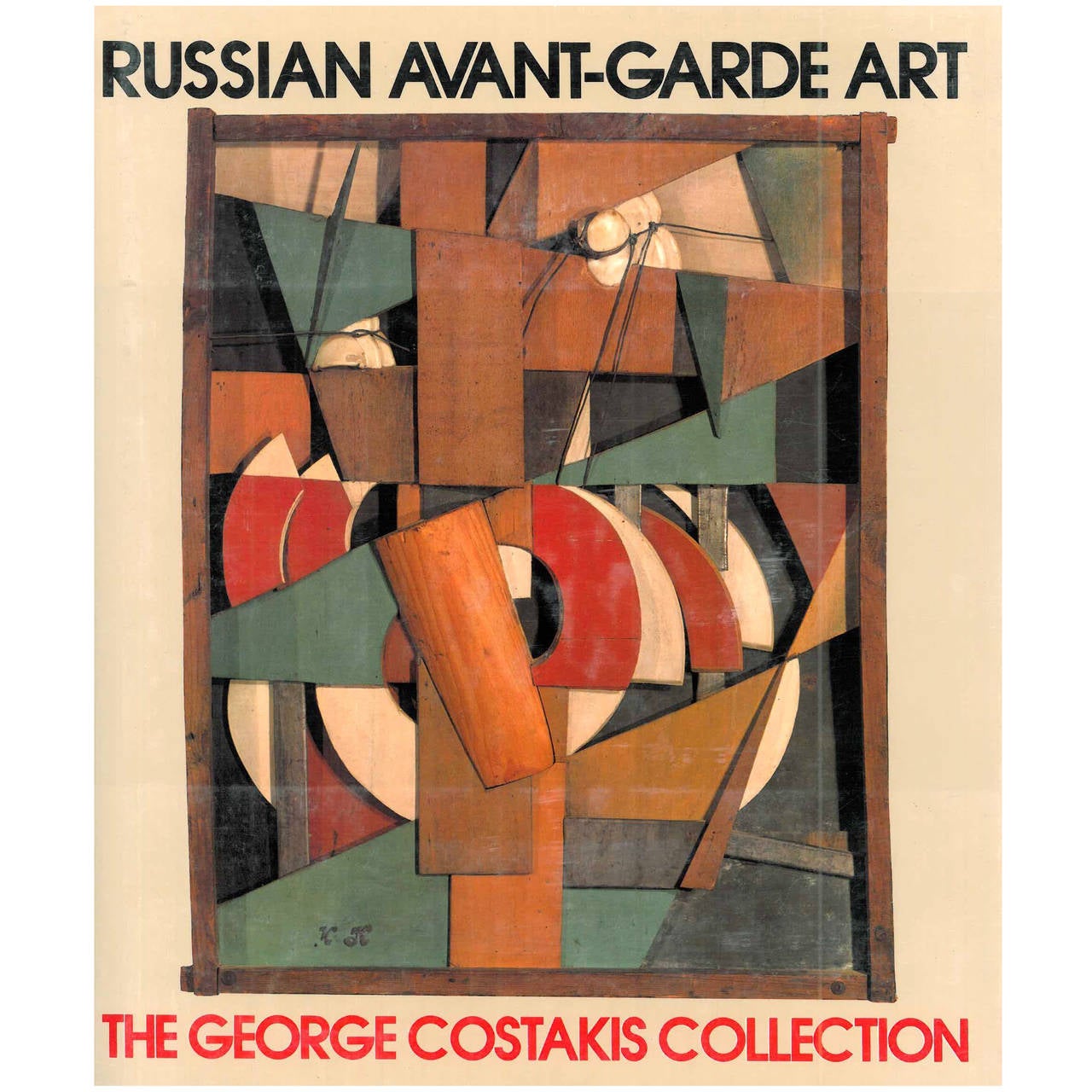

"I wondered if the stars wept as they watched our country crumble," Tishtar recounts.Īnother thread focuses on Tishtar's attempt, as a migration lawyer in Melbourne, to help a neighbour secure refugee status for her Somali nieces through this process, we see how slowly the wheels of bureaucracy turn, despite the immediacy of refugees' needs. He recounts growing up in a warm, loving family in a country whose foundations were shaken first by the Islamic Revolution and then the eight-year war with Iraq that began in 1980.Īs the bombs make their way to Tehran, Tishtar describes the fear of going to school and not knowing whether he would return home on the domestic front, he fears surveillance by the morality police, who he refers to as the "men with beards", on the lookout for anti-Islamic behaviour. The novel opens in Melbourne in December, but for Tishtar it's Shab-e Chelleh (Iran's winter solstice) and he feels bereft because he doesn't have anyone to share a feast with, as most of his family are still in Iran.Īs the story unfolds, we discover why Tishtar made the decision to come to Australia. This last thread takes the narrative beyond autobiographical fiction by adding an element of magical realism.įorty nights is a reference to the winter solstice, which has a special place in Persian mythology. There are three interwoven threads: contemporary Melbourne, 1980s Iran and, unexpectedly, 1360s Gotland, Sweden. Like the author, the main character Tishtar is a photographer-turned-lawyer who came to Australia from Iran as a young man more than 20 years ago.

CN Forty Nights by Pirooz JafariĪ gentle read about war, trauma and displacement sounds like a contradiction, but this is what Pirooz Jafari has achieved in his debut, Forty Nights. When Thea receives an anonymous parcel with a tiny figurine inside, we know the miniaturist is back, and secrets will be revealed once again. Nella is the closest thing Thea has to a mother, and tensions are high between these two outspoken women, as one seeks freedom and the other security. Instead, she's sneaking backstage at the theatre, for a fling with the chief set painter, a man who literally creates fantasies for a living. As the book opens, she's in love – but not with the kind of wealthy gentleman Nella would like to see her paired with. Thea is a firecracker: bold, impulsive, and filled with desire. Her brother-in-law, Otto, has lost his job – it's implied that racism is at play here, as Otto is a Black former servant - and Nella has been selling the family's paintings and heirlooms in a bid to keep up appearances, until she can secure a marriage for her rebellious niece, Thea. Nella is still living in the same grand house, but inside, the walls are bare. The House of Fortune is set 18 years after the events of the first book. Craving affection from her distant husband, Nella takes solace in a doll's house he gives her, which is eventually filled with the tiny and intricate creations of the mysterious "miniaturist", a woman with a startling insight into the family's life.

Surprising journeys with Jessie Burton, Thomas Mayor and Sulari Gentillīut first, a refresher on The Miniaturist: inspired by a doll's house Burton saw in the Rijksmuseum in the Netherlands, the story took us back to the 1680s and introduced us to Nella, a young newlywed who moves from the countryside to Amsterdam, and into a house of secrets.


 0 kommentar(er)
0 kommentar(er)
